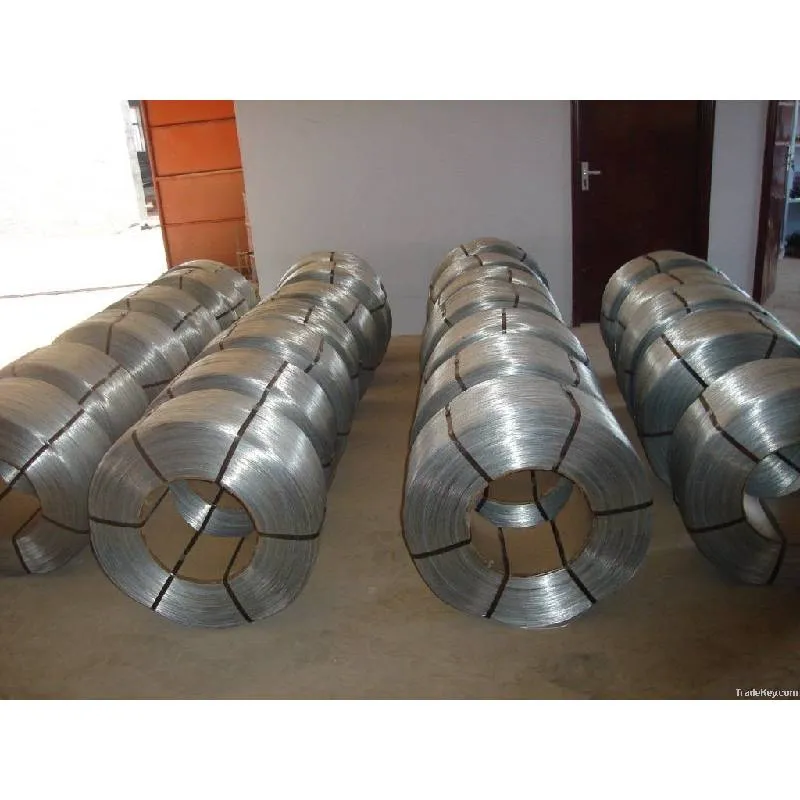
- Mobile Phone
- +8613931874955
- sales@cntcmetal.com
Plaster Corner Angle
Understanding Plaster Corner Angles A Comprehensive Guide
Plaster corner angles are an essential aspect of interior finishing in construction and renovation projects. Properly applying plaster to corner angles not only enhances the aesthetic appeal of a room, but it also contributes to the durability and longevity of the wall surfaces. This article delves into the significance of plaster corner angles, the methods of installation, and tips for achieving perfect results.
The Importance of Plaster Corner Angles
Plaster corner angles serve as the junction between two intersecting walls. They play a pivotal role in creating a seamless transition between surfaces, which is crucial for both visual and structural integrity. A well-finished corner prevents the accumulation of dust and dirt, making it easier to clean and maintain over time. In addition, correctly applied plaster corners can help reduce the likelihood of chips and cracks, thus extending the life of the wall finishes.
The visual impact of plaster corner angles should not be underestimated. Sharp, neat corners enhance the overall appearance of a room, providing a polished and professional look. Whether in residential or commercial spaces, the quality of corner angles can significantly influence the perception of a property.
Installation Techniques
When it comes to installing plaster corner angles, there are several methods to consider
. The most common approaches include the use of corner beads and manual plastering techniques.1. Corner Beads These are strips of metal or plastic that are installed at the corners before plaster is applied. They provide a straight and sturdy edge, ensuring that the corner looks clean and sharp. To install a corner bead, measure the height of the wall and cut the bead to size. Secure it in place with nails or screws, then apply plaster over the bead, feathering it out to blend seamlessly with the surrounding wall.
plaster corner angle

2. Manual Plastering For those opting for a more traditional approach, manual plastering can achieve stunning results. This method involves applying a base coat of plaster to the corner, shaping it with a trowel to create a smooth angle. Applying multiple thin coats is recommended, allowing each layer to dry before the next application. This technique requires practice and skill but can yield beautifully hand-crafted results.
Tips for Perfecting Plaster Corner Angles
To achieve the best results when working with plaster corner angles, consider the following tips
- Preparation Is Key Ensure that the surface is clean and free from any debris. Proper preparation will enhance adhesion and contribute to a smoother finish.
- Use the Right Tools Invest in quality tools, such as trowels and corner trowels, to facilitate the application process. The right tools make a significant difference in achieving precision and quality.
- Take Your Time Rushing the plastering process can lead to mistakes. Take your time to ensure each step is performed correctly.
In conclusion, plaster corner angles are a fundamental element of wall finishing that can dramatically impact both the functionality and aesthetics of a space. Whether using corner beads or manual plastering techniques, attention to detail and careful execution will yield beautiful results that elevate the overall quality of any interior.
share:
-
Yard Sign Stakes: Reliable Guardians of Outdoor SignsNewsAug.04,2025
-
Wall Ties: Invisible Guardians of Building StabilityNewsAug.04,2025
-
Resilient Web: The Super Guardian Power of Concrete MeshNewsAug.04,2025
-
Masonry Accessories: A versatile assistant on building foundationsNewsAug.04,2025
-
Iron Binding Wire: the 'invisible reinforcement specialist' in the fields of architecture and industryNewsAug.04,2025
-
Dynamic Spring: The diverse functions and excellent performance of Wire Tension SpringNewsAug.04,2025
-
Your Source for Concrete Wall Ties and Masonry AccessoriesNewsJul.10,2025



















